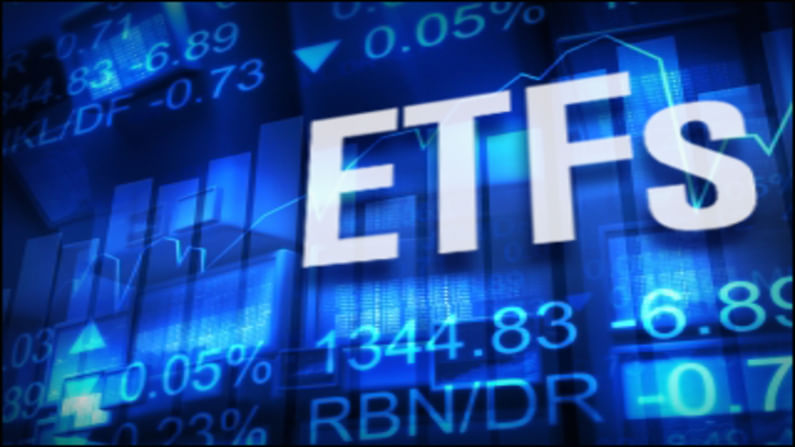Edelweiss Mutual Fund launches third tranche of ‘BHARAT Bond ETF
The ETF will invest in NIFTY BHARAT Bond Indices constituents, which are composed of AAA-rated public sector corporations

Edelweiss Asset Management recently announced the launch of the third tranche of the BHARAT Bond ETF, which will begin trading on December 3, following the successful introduction of four ETFs over the last two years.
The BHARAT Bond ETF programme is a government of India project led by the Department of Investment and Public Asset Management, which has tasked Edelweiss Mutual Fund with designing, launching, and managing the product.
Bharat Bond ETF provides three of the best features, i.e., Mutual Fund, ETFs, and bonds together. For any investor, it is a win-win financial product that provides safety since it is made up of a high-quality basket of public-sector businesses and liquidity and access at a considerably lower ticket size than individual bonds.
That said, Bharat Bond ETF is also India’s cheapest mutual fund product and the world’s most affordable bond ETF/fund as it is a Government of India initiative to look after borrowing requirements of central public sector enterprises by pooling investment from the retail and institutional investors. It is managed at a low cost of 0.0005% per annum, i.e., for a maximum of Rs 1 for Rs. 2,00,000 worth of investment). The Edelweiss Asset Management currently manages this fund.
What are the features of this new series?
-The ETF will invest in NIFTY BHARAT Bond Indices constituents composed of AAA-rated public sector corporations.
-A BHARAT Bond Fund of Funds (FOF) with comparable maturities will be launched for investors without Demat accounts.
-By the end of October 2021, the BHARAT Bond ETF’s AUM stood at Rs 36,359 crore.
-Edelweiss MF BHARAT Bond ETF will be launched on April 15, 2032, with a target issue size of Rs. 1,000 crore.
Process
This fund is for resident Indians as well as non-resident Indians (NRIs). Further, Investors who hold a Demat account can invest in this ETF, and those who do not have a Demat account can invest in the Bharat Bond Fund of Funds, which has a comparable maturity as the underlying ETF.
Tax Treatment
When it comes to the taxation aspect, Short Term Capital Gains (STCG) tax is imposed on an individual who invests in a 3-year maturity plan, depending on their income bracket. However, if the investor invests in a 10-year maturity plan, a 20% Long Term Capital Gains (LTCG) tax is imposed after indexation.
“With this new launch of BHARAT Bond ETF, we now have five maturities on the yield curve – 2023, 2025, 2030, 2031, and 2032 which will help investors to choose the right maturity according to their needs. We are happy to see healthy demand from investors for these ETFs in the current environment where safety is paramount,” pointed out Radhika Gupta, CEO, Edelweiss Mutual Fund.